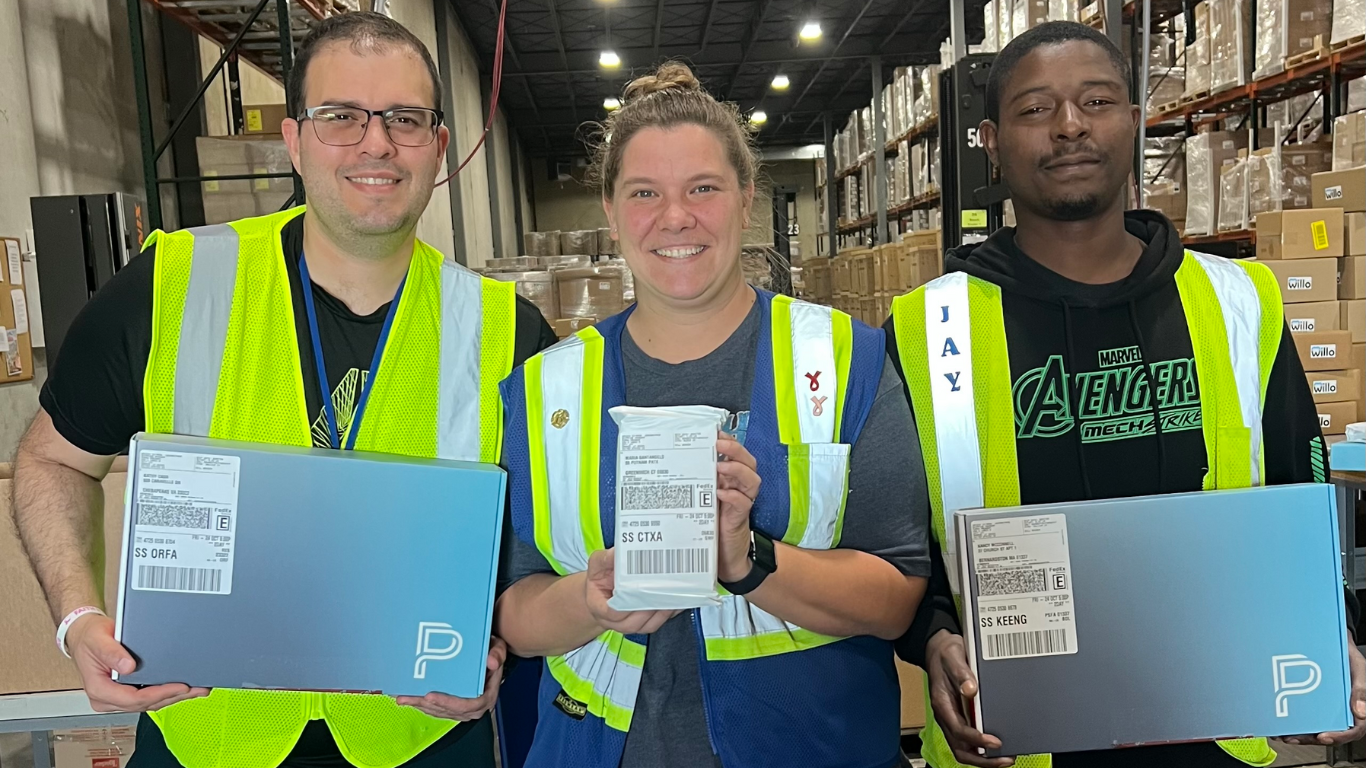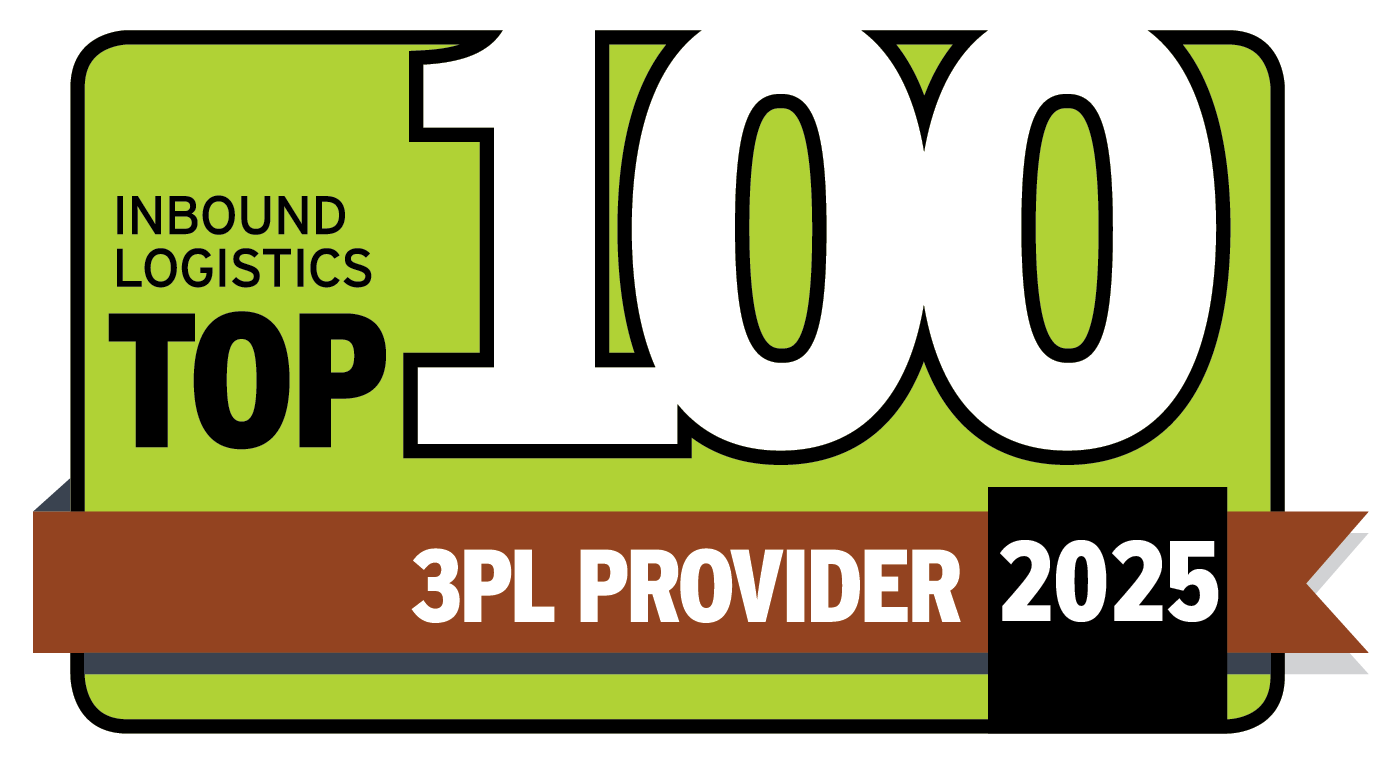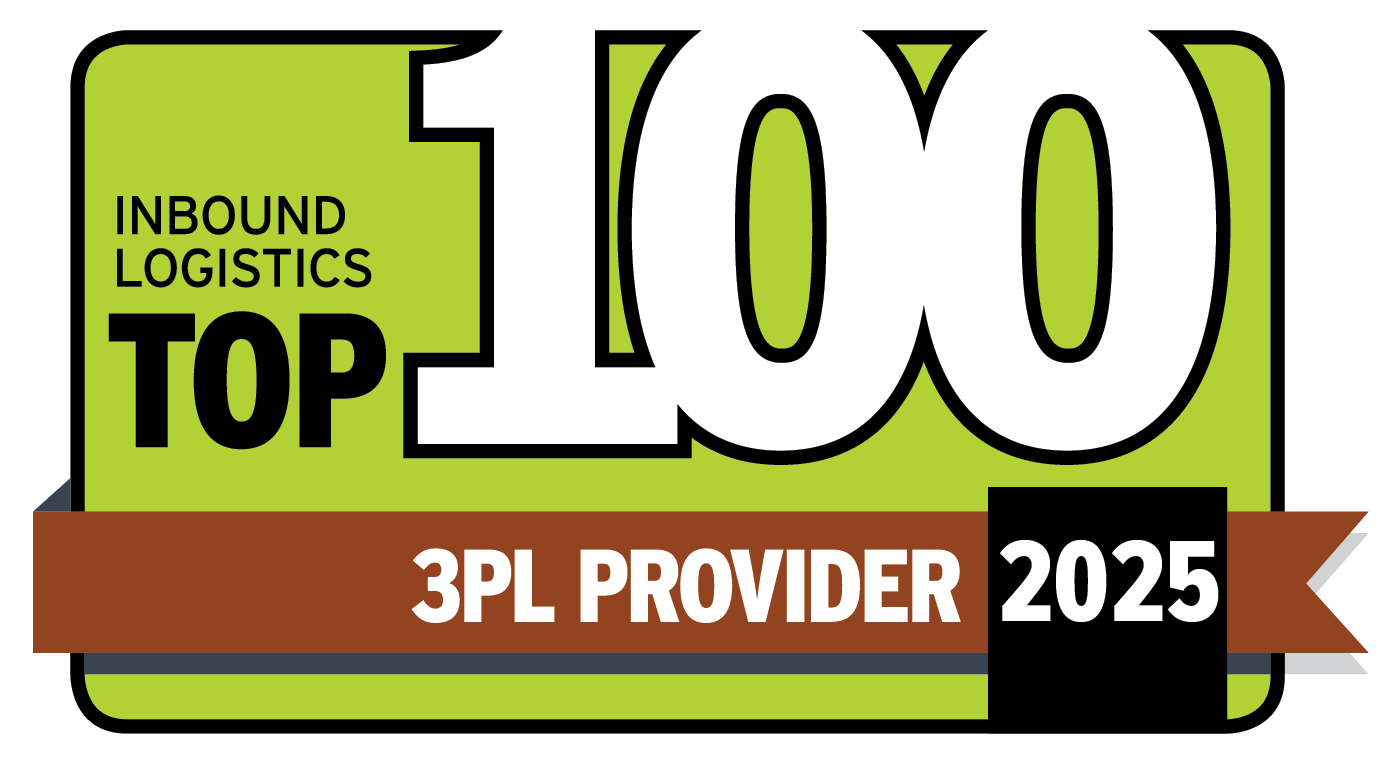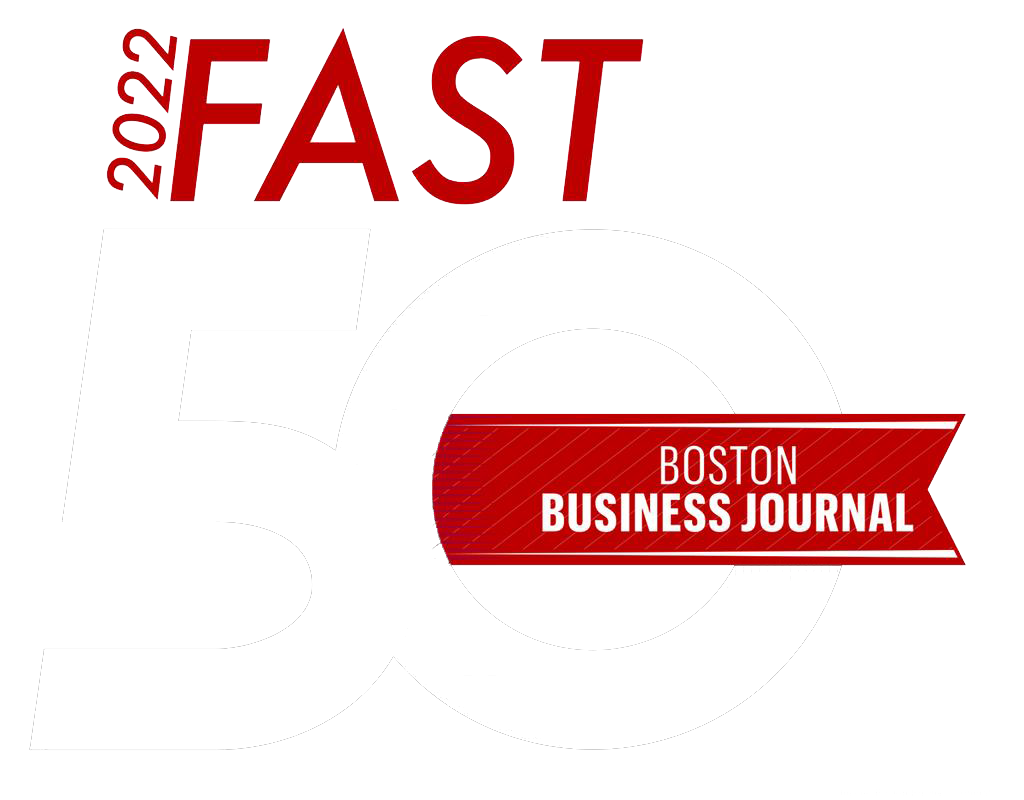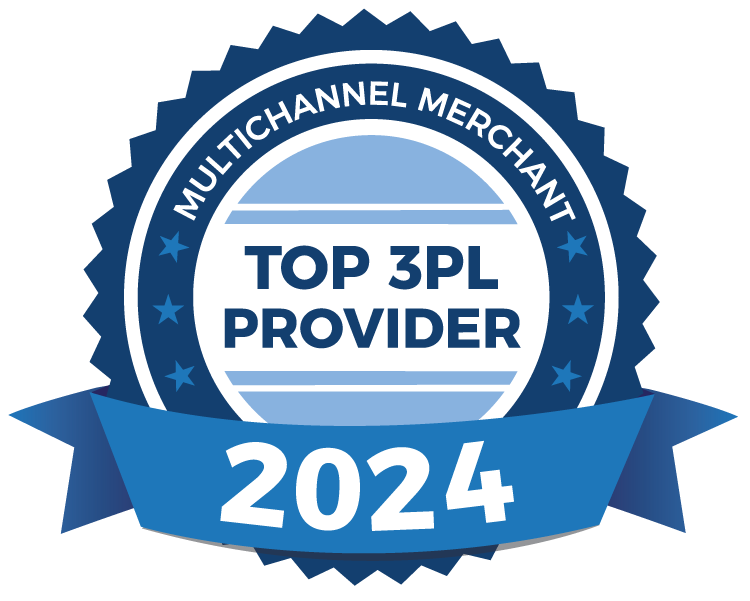3PL vs. In-House Fulfillment: Which Model Fits Your Growing E-commerce Business
As your e-commerce or omnichannel business expands, regular reviews of your fulfillment logistics strategy will be necessary. The right fulfillment model can streamline operations, improve customer satisfaction and boost profitability—but the wrong one can create bottlenecks and added costs. Here’s a guide to help you evaluate which model suits your business best and align your fulfillment strategy with your goals.
What Is 3PL Fulfillment?
Third-party logistics providers (3PLs) offer businesses end-to-end supply chain solutions by managing your warehousing, picking and packing, shipping and often customer returns. If your company has complex logistics needs or is experiencing rapid growth, outsourcing to a 3PL partner can bring scalable expert support that helps you maintain high-quality service.
Benefits of 3PL Fulfillment:
- Scalability and Flexibility: 3PLs adapt to your business’ changing needs, expanding your capacity during peak seasons or scaling back during slower periods.
- Advanced Technology and Expertise: The top 3PL providers use cutting-edge logistics technology and possess deep industry expertise, helping businesses stay efficient without heavy tech investment.
- Focus on Core Competencies: Freeing your team from logistical complexities allows them to prioritize core business activities like product development and marketing.
Potential Drawbacks of 3PL:
- Less Control: Relying on a third party means losing some operational oversight, which can concern companies with unique handling requirements or customer service standards.
- Integration Challenges: Synchronizing a 3PL’s technology and processes with your own can pose initial challenges, requiring setup time and communication alignment. At 91¶¶Òõ, our IT experts work closely with your team to address compatibility issues from day one. We optimize data flow and establish reliable processes, so your operations remain uninterrupted and efficient.
What Is In-House Fulfillment?
In-house fulfillment involves handling all logistics activities within your organization. You retain full control over inventory, warehousing and order processing. Companies with predictable demand and more specialized handling needs or those who want to maintain complete oversight of their operations often choose in-house fulfillment.
Benefits of In-House Fulfillment:
- Total Control: In-house operations mean businesses retain oversight on every fulfillment aspect, from packing to shipping.
- Brand Experience: For brands focused on delivering a unique hands-on experience to customers, in-house fulfillment allows customization that may be harder to achieve through a 3PL. At 91¶¶Òõ, we offer tailored solutions that mirror the high-touch experience you aim to deliver. From customized packaging to personalized handling, 91¶¶Òõ ensures that every step reflects your brand’s standards and creates memorable customer experiences.
- Data Ownership: Companies handling fulfillment internally have direct access to fulfillment data, enabling real-time adjustments and insights.
Potential Drawbacks of In-House Fulfillment:
- High Operational Costs: Renting space, hiring staff and investing in logistics tech add up. Overhead costs can escalate as demand grows, especially without economies of scale.
- Resource Intensive: Managing an in-house fulfillment team and process diverts significant resources from other business areas, making it challenging for smaller teams.
- Scalability Limitations: Scaling in-house fulfillment to match high-volume periods such as holiday seasons can strain resources and lead to delays.
Deciding Factors: When to Choose 3PL vs. In-House Fulfillment
While both models have their merits, a few deciding factors can help guide you:
- Volume and Demand Fluctuations
If your business experiences seasonal spikes or fluctuating order volumes, a 3PL can offer flexible support without requiring additional space or staff. - Budget Constraints
3PLs often require less upfront capital than establishing an in-house operation. With a 3PL, costs are variable based on usage, while in-house expenses are primarily fixed. - Control Requirements
In-house fulfillment may offer the best solution for companies that need total control to deliver a specific brand experience or meet unique handling requirements. However, it’s important to note that 3PLs like 91¶¶Òõ offer personalization and VAS services. - Growth Goals
Rapidly growing companies benefit from 3PL's scalability, which provides the infrastructure to expand into new regions or handle increased order volumes without the stress of constant reinvestment.
Making the Right Decision
The choice between 3PL and in-house fulfillment ultimately depends on your business's needs, resources and goals. At 91¶¶Òõ Distribution, we see firsthand how the right logistics partnership can elevate a company, whether it’s through efficiency, customer experience or sheer operational power. Consider your long-term vision and how each model aligns with your strategy. You can choose a fulfillment model that drives your success by evaluating these factors.
Whether you're looking to outsource or improve your in-house capabilities, the key is understanding your priorities and selecting a solution that aligns with your growth trajectory.
Reach out to 91¶¶Òõ for a deeper insight into how we can support your fulfillment journey.
Recent Blog Posts

